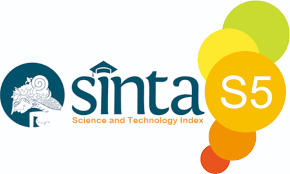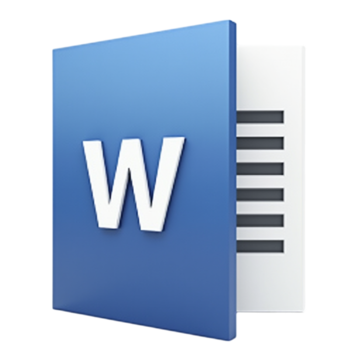WRITING A FANTASY STORY WITH DESCRIPTION TEXT ELEMENTS AND PROCEDURE TEXT USING THE COMPUTATIONAL THINKING APPROACH
DOI:
https://doi.org/10.22460/jler.v3i2.p31-38Abstract
The background of this research contains higher-order thinking skills to prepare students in the industrial revolution 4.0, can think at a high level using a computational thinking approach as an alternative in sustainably preparing students. The purpose is to determine student learning outcomes to write fantasy narrative text with elements of description text and procedure text, to stimulate using of computational thinking approach in junior high school. Using a research method with a descriptive approach that describes the results of the study in detail, the instruments used in the form of tests, observation, and documentation. The results of 10 students were able to apply the category of HOTS very well, by writing it, 8 students were able to make a combination of the text but were nice, and 2 students were able to create the text although there were still many things that had to be improved, the average acquisition value from 45.10 to 78.45 means an increase of 33.35 points. By applying computational thinking the ability to solve problems and higher-order thinking skills of students increases.
Â
Keywords:Â Text Description of Fantasy Procedures, HOTS, Computational Thinking
Â
Â
References
Anderson (2001). Assassing: a rivision of bloom taxonomy. New York: Longman.
Keraf, Gorys. (2007). Argumentasi dan narasi. cetakan ke 16. Jakarta: PT. Gramedia Pustaka Utama.
Kosasih (2017) Buku teks bahasa indonesia SMP/MTs Kelas VII Edisi Revisi 2017. Jakarta: Kemedikbud.
Lorin W. Anderson, David, Krathwohl, Benjamin Samuel Bloom. (2001). A taxonomy for learning, teaching, and assessing: a revision of Bloom's taxonomy of educational objectives. New York: Longman.
Magisrahayu. (2019). Berpikir komputasi. Jakarta:Kemendikbud.
Muljono, D. d. (2008). Pengukuran dalam Bidang Pendidikan. Jakarta: PT Grasindo .
Sudijono, A. (2011). Pengantar evaluasi pendidikan. Jakarta: PT Raja Grafindo Persada.
Sugiyono (2014) Metode penelitian kuantitatif kualitatif dan R&D. Bandung: Alfabeta.
Wikanengsih, W. (2013) ‘Model Pembelajaran Neurolinguistic Programming Berorientasi Karakter Bagi Peningkatan Kemampuan Menulis Siswa SMP’, Jurnal Ilmu Pendidikan Universitas Negeri Malang.






